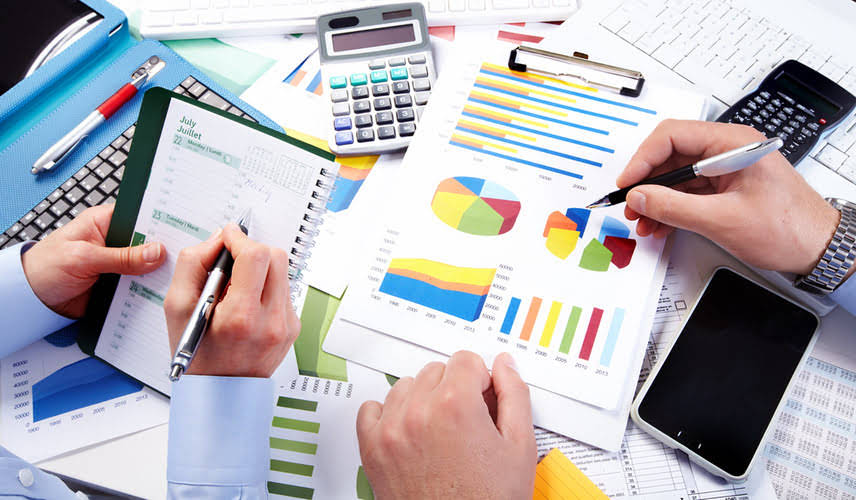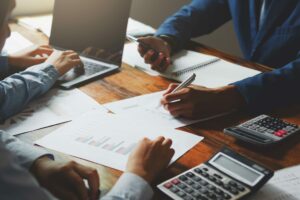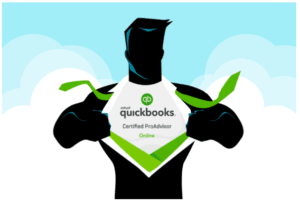
In contrast, plant assets represent long-term property expected to be around for at least a year, often quite a bit longer than that. The accountant debits the entire costs to Land, including the cost of removing the building less any cash received from the sale of salvaged items while the land is being readied for use. Land is considered to have an unlimited life and is what are plant assets therefore not depreciable.
The Financial Modeling Certification
Investment analysts and accountants use PP&E to determine if a company is financially sound. Purchases often signal that management expects long-term profitability of its company. Industries or businesses that require extensive fixed assets like PP&E are described as capital intensive. Depreciation allocates the cost of a tangible asset over its useful life and accounts for declines in value.

Do you own a business?

Plant assets must also be reviewed for impairment at regular intervals. This classification is rarely used, having been superseded by such other asset classifications as Buildings and Equipment.
Understanding Depreciation
These assets are significant for any business entity because they’re necessary for running operations. Besides, there is a heavy investment involved to acquire the plant assets for any business entity. The company’s top management regularly monitors the plant assets to assess any deviations, discrepancies, or control requirements to avoid misuse of the plant assets and increase the utility. The assets can be further categorized as tangible, intangible, current, and non-current assets.
Capital Expenditures
- Land refers to the land used in the business, such as the land on which the production facilities, warehouses, and office buildings were (or will be) constructed.
- Development can be for commercial or residential use and is subject to the aforementioned zoning ordinances and local regulations.
- Land as a fixed asset (long-term asset) is one of the factors of production in an economic sense.
- Plant assets (other than land) are depreciated over their useful lives and each year’s depreciation is credited to a contra asset account Accumulated Depreciation.
- After almost a decade of experience in public accounting, he created MyAccountingCourse.com to help people learn accounting & finance, pass the CPA exam, and start their career.
- Let us try to understand the depreciation and plant asset disposal methods.
Even if the market value of the asset changes over time, accountants continue to report the acquisition cost in the asset account in subsequent periods. Land, as a fixed asset, is classified as a long-term, tangible https://www.bookstime.com/ asset. Plant assets are a group of assets used in an industrial process, such as a foundry, factory, or workshop.
After almost a decade of experience in public accounting, he created MyAccountingCourse.com to help people learn accounting & finance, pass the CPA exam, and start their career. Explore essential strategies for effective battery storage infrastructure planning and sustainability. Someone on our team will connect CARES Act you with a financial professional in our network holding the correct designation and expertise.
Land As a Natural Asset

The amount of a long-term asset’s cost that has been allocated to Depreciation Expense since the time that the asset was acquired. Accumulated Depreciation is a long-term contra asset account (an asset account with a credit balance) that is reported on the balance sheet under the heading Property, Plant, and Equipment. Land refers to the land used in the business, such as the land on which the production facilities, warehouses, and office buildings were (or will be) constructed. The cost of the land is recorded and reported separately from the cost of buildings since the cost of the land is not depreciated. The purchase and sale of plant assets would affect a company’s cash flow.